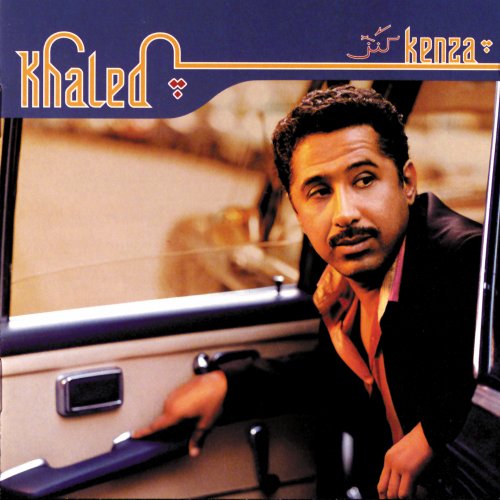Justina Watt paper
== What is World Music? ==
- 1980s in UK for marketing
- had been used and discussed before this my academics
- Today its really something that we interact with everyday (even if you don’t make a point of listening to it - TV commercials, on our ipods, in pop music, and in movies)
- Arab Musicians are participating too (http://mp3.mondomix.com/genre_oriental_5.htm)
How does Arab World Music fit into this?
- Today Arab world music is part of world music
- Louis Werner writes that it is a natural coninutation (Jazz – latin rythms – afro-Brazilian styles)
- Over about a century we have been conditioned to want exotic sounds in out pop music.
- werner’s four categories: Pop, Crossover, Folk, Arabesque (http://www.saudiaramcoworld.com/issue/201006/)
== How Are We Accessing This? ==
- books – not so much
- CD collections
- libraries (public vs. U of A)
- Internet
Internet – mondomix.
http://www.mondomix.com/ - maps
Who are we finding and hearing?
Rai

- most common from of Arab world music in the West
- Has incorporated Western pop aspects but remained different enough to be appealing (language)
- Raï has become “more accessibly ‘pop’, less forbiddingly ‘oriental’ (McMurray and Swedenburg 1991, 39)
- Has become associated with Rock & Roll and civil rights issues
- Cheb Mami at the Superbowl (http://www.youtube.com/watch?v=C3lWwBslWqg)
Natach Atlas

- crossover and collaboration (create Collaboration page for Eno and Atlas)
- politics… no national associations. Her international upbringing is highlighted
- Natacha Atlas eschews “a local identity for a global one” (Taylor 1997, 94)
- “In this uncertain post-911 era, Natacha Atlas’ spectacular fusion of Arabic and western music may be just what the world needs now” (Sadava 2010, 27)
Nancy Ajram…
- huge pop star and has received a World Music award
- I found her to be less present in the West
- Resasons? Too westernized perhaps?
- http://www.nancyajramonline.com/en/ - images
== Politics ==
- Steven Feld speaks of the “mysterious political transcendental dimension” of world beat music (Feld 1988, 32)
- Images of the Other
- “The way in which the Arab world imagines and recreated itself is often through art (Abdel-Nabi 2004, 231).
- We do this too! And we are using technology to do it.
- Ted Swedenburg points to a new “hipness” of Arab music in the United States post 9/11 (Swedenburg 2004, 177)
- We are looking for images of the “Arab other” that we are comfortable with.
== Conclusions: ==
- The images and sounds of Arab music that are sold to the West are one part of a complex entity that is Arab music
- Arab world music presents its listeners with a humanized version of “the Arab” and may serve as a listeners way into other world music or more classical Arab musical culture
- This is authentic global communication (Erlmann 1996)
- “Arab music” received in North America does not represent the whole picture, but is an important part of it